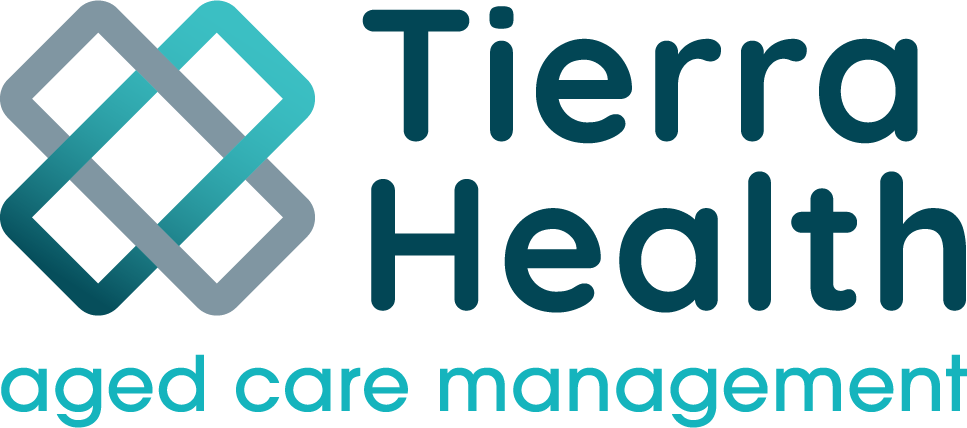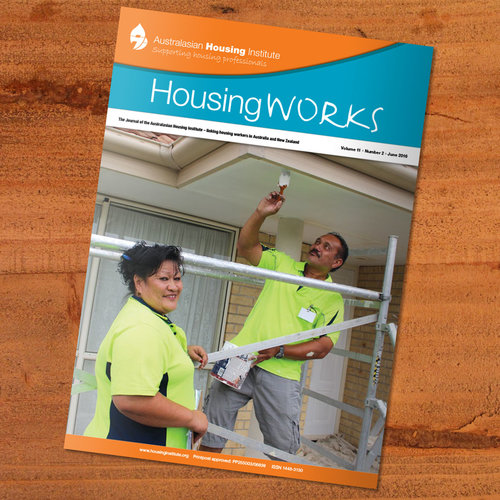Asset Management in Aged Care
Dr James Grealy from Tierra Health and Mark Farrell from MDF Group identify the specific challenges faced by aged care providers regarding asset management – and how can they be overcome.
Aged care is undergoing sweeping reforms, from the introduction of RADs and higher accommodation funding, most recently the 2016 Budget with a significant reduction in ACFI funding and the planned changes outlined in the Aged Care Roadmap. These changes require operators to be highly flexible and innovative in their business model but, even more so, the critical success factor will be operationally efficient management systems including asset management.
The residential aged care facility is a unique environment. Unlike almost any other industry, residential aged care facilities operate 24 hours a day, seven days a week.
The residential aged care facility is a unique environment. Unlike almost any other industry, residential aged care facilities operate 24 hours a day, seven days a week. It is one of the most regulated industries in Australia and – when you combine this with frail older residents, staff, management, owners and government – it is easy to have conflicting sets of priorities such as CapEx vs R&M for tax purposes, R&M overspend due to ageing product failure and lost time rectifying issues and dealing with adverse events like complaints.
Asset management is often not a high priority for an aged care facility’s operations team – until something fails! Reactive maintenance is often elevated to emergency status more readily than it would be in another industry. Therefore, an aged care provider’s asset management system must be rigorous and comprehensive while remaining flexible enough to allow rapid response to new situations.
The purpose of a structured approach to asset management is to:
- Enhance the experience of residents, carers, staff and visitors by providing a reliable and consistent facility performance that exceeds expectations;
- Ensure regulatory and accreditation compliance (AACQA);
- Improve the health, safety and wellbeing of facility residents, staff and carers;
- Increase the productivity and efficiency of operational staff by controlling the living environment support services;
- Manage and reduce operational risks by providing a fit-for-purpose living environment; and
- Provide predictability in the performance of the living environment.
‘Virtuous circle’ finishes in a ‘vicious cycle’
R&M is a small line on the P&L; however, the impact on operations and cost of adverse events is not well-documented or understood. A common ‘system’ adopted by many aged care providers is to ‘empower’ the facility manager and maintenance staff to cope with asset management. And we use the term ‘system’ loosely as there is not a lot of difference between this system and no system at all.
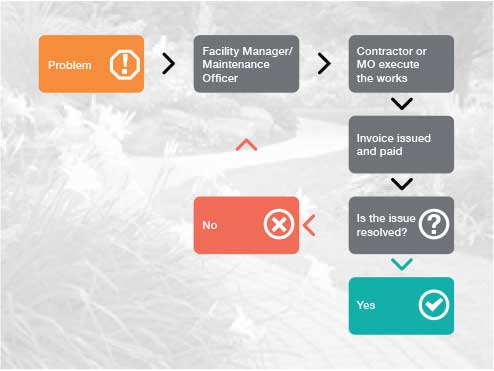
If you look at the flowchart above, you will see that when staff notice a maintenance issue – whether it is a blocked toilet, power failure or a larger job such as replacing a section of vinyl in a common area – the task is reported to either the facility manager or the maintenance officer. They cease what they were doing and ring around for a contractor. The contractor comes and does some work. The facility pays for the job. If the problem is resolved for now, that’s great. If not, it goes back to the facility manager to expend more time.
What often starts out as a ‘virtuous circle’ finishes in a ‘vicious cycle’. If this is the approach to reactive maintenance, the result is an increased risk, as well as increased cost.
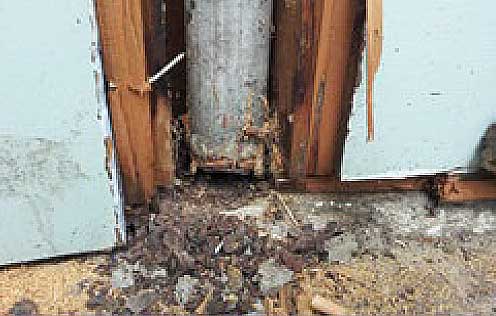
investigation from time to time as a preventative maintenance.
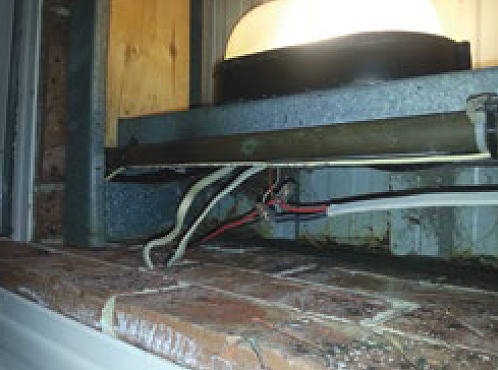
The risks:
• Facility managers controlling and approving works beyond their capacity;
• Loss of productivity and predictability in the living environment;
• Non-compliance – WHS and standards;
• Control over the supplier can be compromised;
• Executive management assumes the ‘primary duty of care’ (PCBU status) i.e. if an incident does occur, management will be liable; and
• Lack of auditable data on asset utilisation and maintenance costs.
In an aged care facility, facility managers are often predominantly skilled in a clinical capacity. They don’t necessarily have skills or experience with building works and building services.
In an aged care facility, facility managers are often predominantly skilled in a clinical capacity. They don’t necessarily have skills or experience with building works and building services. It is not an effective use of resources to put them in a position where they are arranging, supervising and signing off on works that are outside their area of expertise.
Recommended approach
So how can these risks be avoided or at least minimised? Keep in mind, it is not only about minimising risks but also validating or proving a process is in place to minimise risks. The ability to then demonstrate that process to an auditor is an essential element.
There are three key elements to building high quality and lowering risk in any living environment:
1. Building a culture of safety;
2. Accessing specialised staff; and
3. Structured project control systems.
Many aged care providers are diligently focused on these
elements from a clinical perspective. These same three elements need to be applied to asset management and, so often, they are not applied in this manner. Most other industries have a mature maintenance system and have progressed to professional outsourced property and asset management. Generally, aged care is not as progressive.
It is important to centralise an asset management system in specialised facility management software.
It is important to centralise an asset management system in specialised facility management software. There are a number of software programs on the market that have been adapted to suit aged care providers and facilities.
Step 1: Barcoding
MDF Group starts by completing an onsite audit of a facility and installing barcodes on every single asset – from the hot water urn through to expensive lifting machines/hoists.
It’s a fact that every blessed asset requires maintenance! Whether it is monthly servicing to meet compliance requirements, annual inspection to ensure working order or frequent electrical testing and tagging for items in a ‘hostile’ environment, each asset will require different types of servicing, as well as different frequencies.
Each asset and its unique barcode are recorded in specialist facility management software, along with a photo and details of brand, model, serial number, warranty, etc. The software program can then be used to schedule maintenance requirements for each asset, which makes them more efficient.
Step 2: Specify the planned maintenance program
Some Facility Maintenance (FM) systems will also allow for the specifying of the scope for each maintenance task, which can be provided to maintenance staff or external service providers to ensure consistency and completeness of each task.
A great example is the ongoing maintenance of wheelchairs. Should they be checked weekly, fortnightly or monthly? What is the tyre pressure? Are footplates in place? What is the vinyl integrity like? What about the castor function? And is the wheelchair clean? A broken wheelchair, or one with flat tyres, when a resident (care staff) needs one is a real problem.
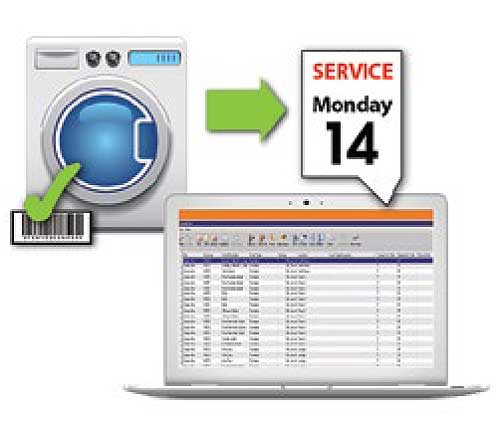
Step 3: Reactive maintenance
As time goes by, each maintenance activity is recorded in the FM system against the relevant asset. This provides an invaluable data trail, which contributes to future decisions on repair versus replacement.
For example, you may have 20 air-conditioning units in your facility. When one fails and requires servicing, the system can identify this specific unit and its failure rate, which may indicate replacement as the superior option. This principle applied across every asset in a facility ensures significant cost-savings over the life of each asset.
Further cost-savings are realised when documentation is collated within the system. More than one provider has fallen victim to a service contractor who diligently issued their invoices for monthly inspections that never occurred or were unnecessary. By requiring service reports, sign-in & sign-out documentation, risk assessments and safe work method statements to be generated and submitted prior to payment, many inefficiencies can be avoided.
Such a system also provides an excellent tool for the property element of the Accreditation Audit.
Step 4: Budgeting
The FM system will provide the operator with sufficient information to plan their CapEx programs for the next year and help determine the level of contingency. As items come to the end of their useful life – such as washing machines, driers,ovens, air-conditioners and hot-water systems – the FM system will provide the necessary information to prioritise works.
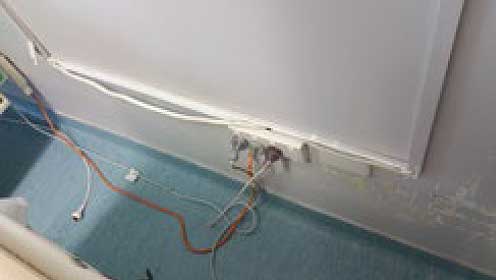
hazard that could be addressed as a result of a property audit
If an aged care operator does not have a robust asset system then now is the time to implement one.
Equally so, a good FM system will incorporate all suppliers and contractors, and the schedule for external planned maintenance such as legionellae testing, electrical testing and tagging, testing of TMVs, and lifter/hoist inspection and servicing. This process ensures compliance, reduces risk of an adverse event or, where equipment fails, helps to de-risk the operator, as the operator has maintained equipment and services.
If an aged care operator does not have a robust asset system then now is the time to implement one. The net benefit gain in keeping a well-maintained facility extends from reputational impact to operational efficiency; the latter a critical success factor as we evolve to meet the challenges of the 2016 Budget change and prepare for the aged care reforms.
Dr James Grealy is Chief Executive Office of Tierra Health (www.tierrahealth.com.au) providing aged care approved providers with management services for improving clinical care, people and culture, quality programs and financial performance. James was former COO and then CEO of Aquarius Aged Care (formerly BCP Health & Aged Care). He has conducted a number of industry-based research programs for the likes of WorkCover and the DoHA, with a particular focus on dementia care.
Mark Farrell is Founder and Managing Director of MDF Group (www.mdfgroup.com.au). His primary focus over the last eight years has been specialising in the health and aged care industry for building services in Australia – specifically the planning, upgrading, servicing and maintenance of buildings and complex facilities where high compliance standards exist. Mark has first-hand experience spanning a range of commercial, retail, residential and industrial building services for over 35 years.
